Dr Alexandra Daisy Ginsberg explores the fraught relationship between the natural world and technology. Spanning artificial intelligence, synthetic biology, conservation, and evolution, her artwork considers how dreams of a brighter future shape our designs, for better or worse
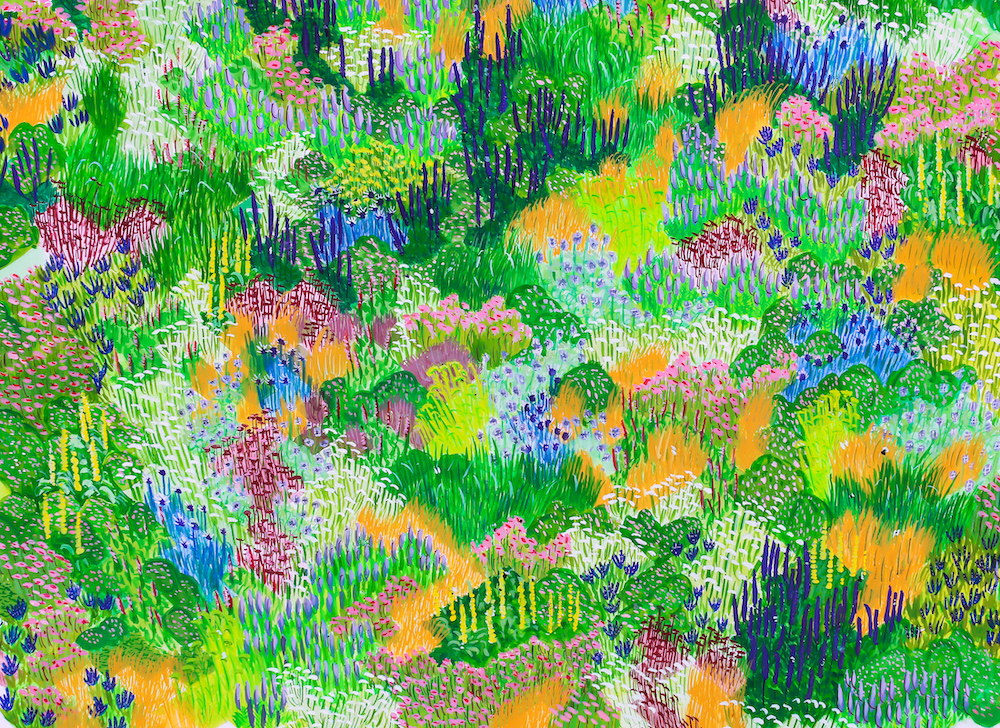
Often, what we call ‘good design’ is design that makes something better. However, what we mean by ‘better’ varies enormously. Do we mean better looking: more visually appealing? More economical? More efficient? And when we say that things have been made better, it begs the unspoken question: better for whom?
These questions – and how they relate to our attempts to design the natural world, in particular – are central to the multidisciplinary work of the artist Dr Alexandra Daisy Ginsberg, whose next commission will open at the Eden Project in spring this year as a permanent installation. “To paraphrase Margaret Atwood: better for some will always mean worse for others,” she tells me. “That’s incredibly important to me.”
Ginsberg has taken a roundabout route to seeing herself as an artist first and foremost. She started out studying architecture, followed her nose into design, and eventually went into the realm of synthetic biology and biotechnology, through a master’s degree in design interactions at the Royal College of Art. “I was learning about engineers who were designing DNA,” she explains, “and I started to wonder: What would good design be like if it was made out of biology? And what is the role of the designer, and who gets to decide?” Thinking along these lines led her to write her PhD on the notions of ‘better’ in the context of the dreams realised through design and technology, and post PhD she began to make artworks that explore these notions even further.
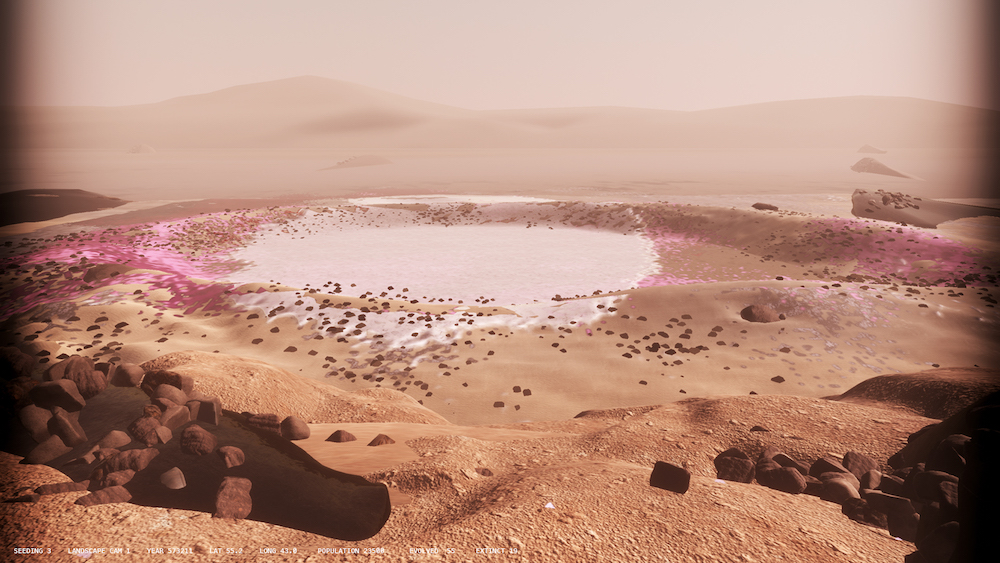
In 2019, she exhibited a suite of four works. ‘Resurrecting the Sublime’ was a series of immersive installations for visitors to experience the smell of three long-extinct flowers, whose fragrances had been brought back in collaboration with the biotech company Ginkgo Bioworks and smell researcher and artist Sissel Tolaas. ‘The Substitute’, commissioned by the Cooper Hewitt museum, consisted of a video of a digitally rendered northern white rhino winking in and out of existence, a subspecies on the verge of extinction that scientists hope to resurrect by implanting harvested eggs and sperm from one of the species into a southern white rhino. ‘Machine Auguries’, part of Somerset House’s 24/7 show, was a sound-and-light installation featuring a dawn chorus produced by AI trained on bird song to explore the effects of night light and noise pollution on birds’ ability to communicate. In ‘The Wilding of Mars’ at the Design Museum, Ginsberg explored the idea of sending 16 plant species chosen with help from NASA to ‘colonise’ Mars instead of humans, and exhibited pairs of video simulations of the possible outcomes doing so could produce on the planet in thousands of years’ time.
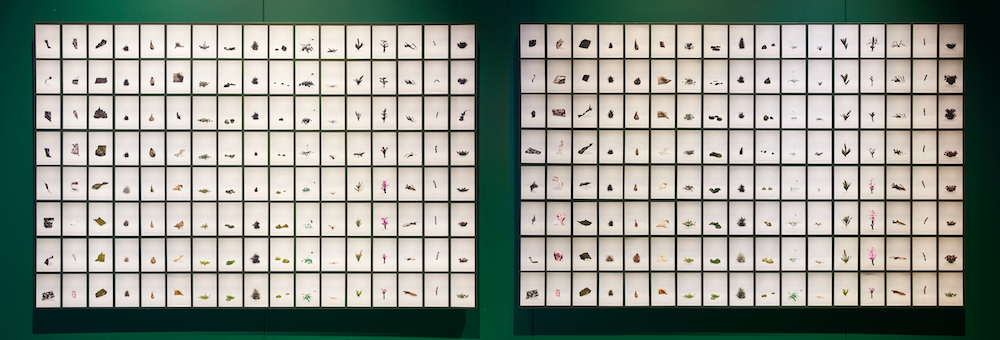
There could hardly be a more suitable time to be making work about what an improved future might consist of. “The last year has seen the crumbling of the structures upholding modernity and ideas of what a better world looks like,” says Ginsberg. “All these intertwined emergencies that we’ve seen around health, social justice, inequality, the climate, biodiversity, and the economy – these are all problems manifesting from the modern world that we’ve built. The question is, are they too complex to find solutions that are better for us all?”
And by all, she decidedly means the non-human world as well as ours. Her work asks whether it is possible for us as humans to reprioritise other species over our own, a possibility that can seem farfetched. “Humans exploit nature. That’s what we do. I think I’m not hopeful,” she tells me, “but in me there is optimism.”
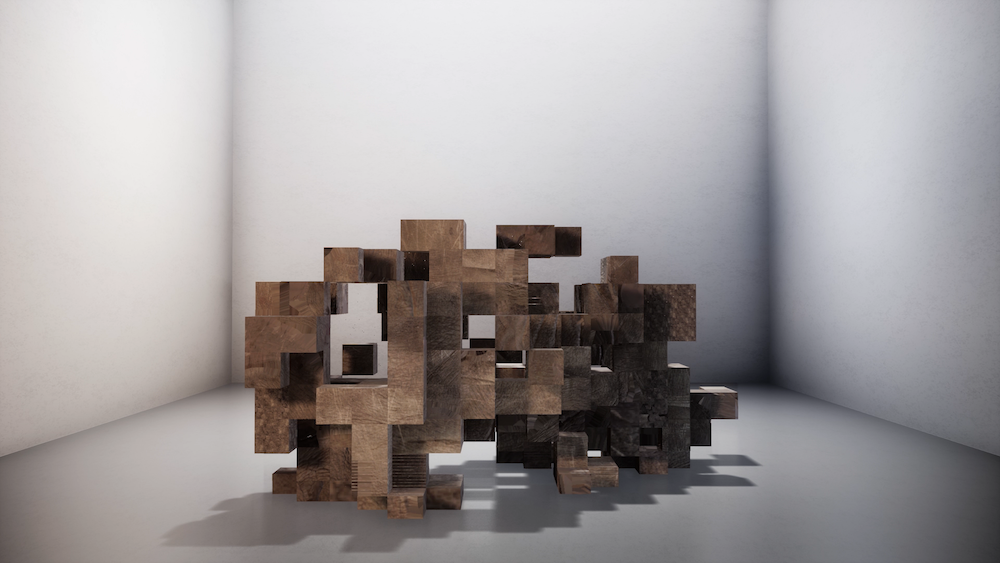
Although her work is speculative, looking at possible different worlds, it is not exclusively about the future. The past and the present can also be the location of our shared societal fictions. “Golden Ages are social imaginaries,” she notes. “Things like ‘Make America great again’, or ‘Bring back control’ reflect an imagined past that somehow a group of people buy into, and these powerful fictions can affect the present and the future. So whether the other world that you create is in the future, the past, or parallel to the present, it’s about creating a space for reflection.”
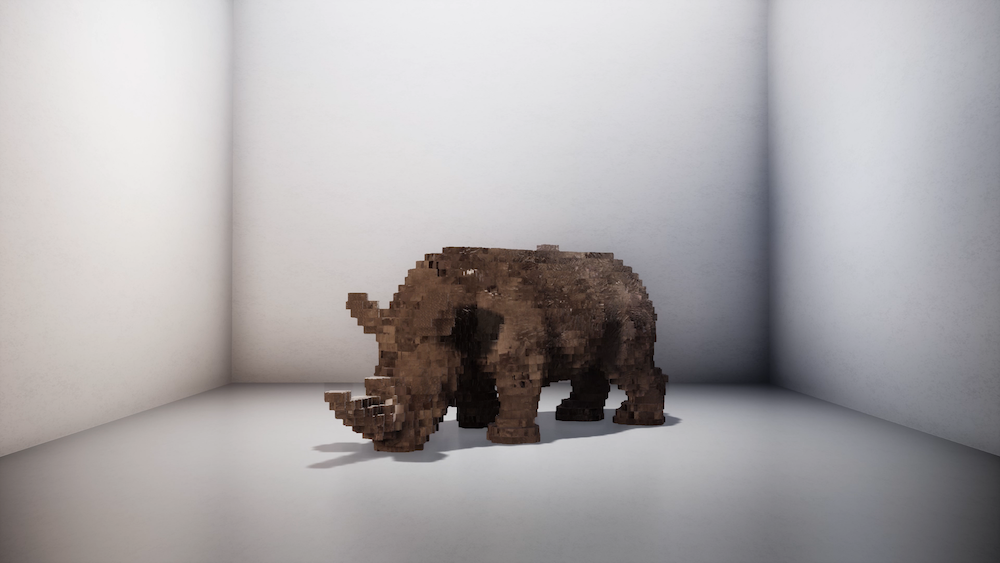
This notion of a simple space for the viewer to reflect is important to Ginsberg, and is one of the greatest strengths of her work. Each project is the culmination of often highly complex scientific research and takes on philosophical ideas, but each one can be enjoyed by a viewer with no prior experience in these fields. “What I really want the person experiencing the work to do is to feel something, an emotional response; then they can look further, but it’s really important to me that you don’t need to read the label,” she says.
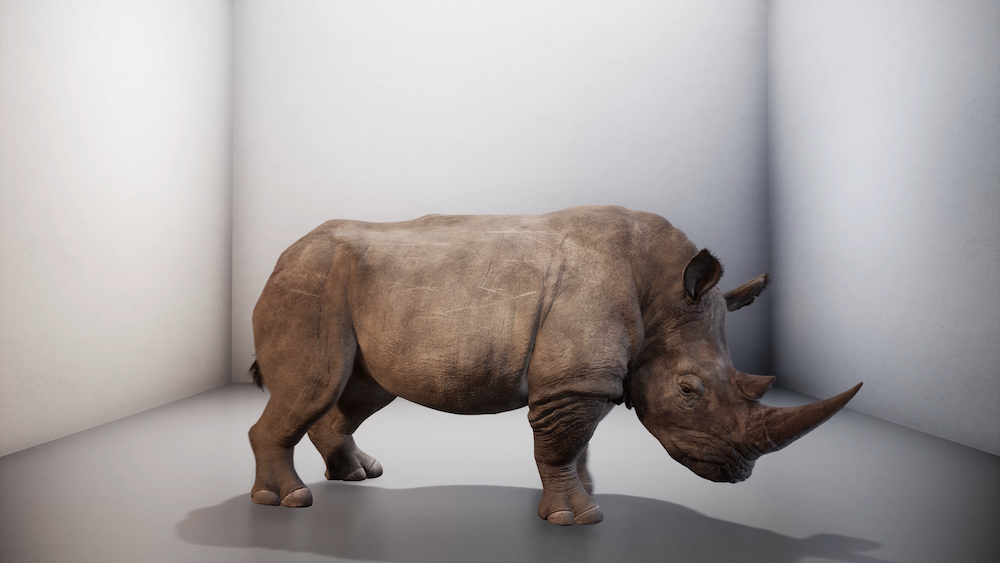
Having made these four works that create what she terms an “immersive, emotional space” for a viewer, she is now grappling with a difficult problem for any artist making work around ecological crisis. “I was left with the question: what am I asking the viewer to do? What on earth do we do? We’re fucked. What’s my contribution? We can put stuff in a gallery and people can look at it and feel sad, but how can I give agency?”
Her upcoming work for the Eden Project’s large outdoor plot is a partial answer. “I was asked to propose an artwork about pollinators, but I decided I wanted to make an artwork for pollinators,” she explains. “The way we’ve understood design has been about the manufacture of stuff, as part of capitalism. But design can mean other things; other organisms design. Is it possible to help other species to create a better world for them? Or in doing so are we always creating a better world for ourselves?”
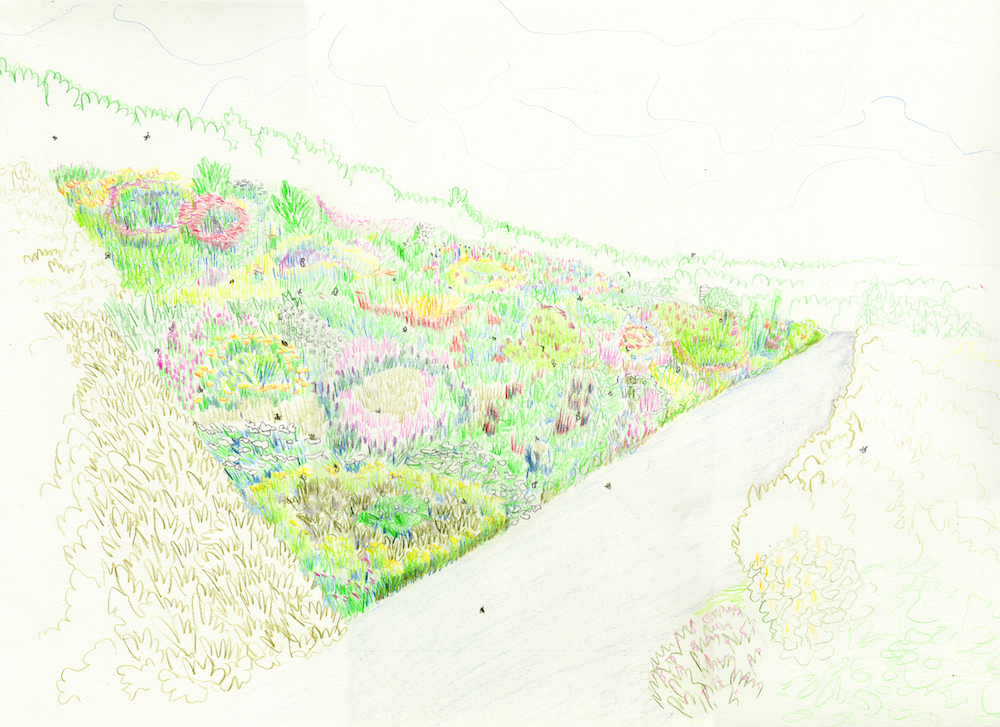
She decided to design a garden by algorithm that would be optimised from the perspective of bees and other pollinators, using plants they prefer, in arrangements that include reducing the distances they need to fly to visit similar flowers. They’re not necessarily the ones most beautiful to the human eye, which is often the guiding principle by which we design a garden. In partnership with Eden’s horticulturists and external experts, she is building a database of these pollinator-friendly plants, and an algorithm that dictates where on the plot they will be planted for maximum blooming periods over the year. “Hopefully we’re going to create a garden that looks really strange, very different to a tastefully laid out, human-planned garden!”
The second part of the project, and the part that gives that all-important agency to the viewer, is making the algorithm available online to the public, so people can plant their own version of the garden. “I was very inspired by being under lockdown while creating the proposal. Pollen, data, seeds, these are all things that can travel while we’re locked down at home,” she adds.
Designing the natural world can be an uneasy undertaking. Instinctively, something feels unheimlich, even ethically dubious, about engineering what is natural. But Ginsberg’s works taken as a whole show a confidence that posing questions around this unease is just as valuable an undertaking as proposing solutions to them. “The more I learned, the more I realised that these boundaries between nature and technology are artificial, as is the idea of nature itself,” she concludes. “Broccolis aren’t natural, they were bred for human benefit. My puppy is not a natural wolf, he’s half poodle. Genetic modification is nothing new. It’s not so much the technology, it’s what we do with it – who gets to decide – that is interesting and messy.”
All artworks courtesy Dr Alexandra Daisy Ginsberg

This article is taken from Port issue 28. To continue reading, buy the issue or subscribe here




